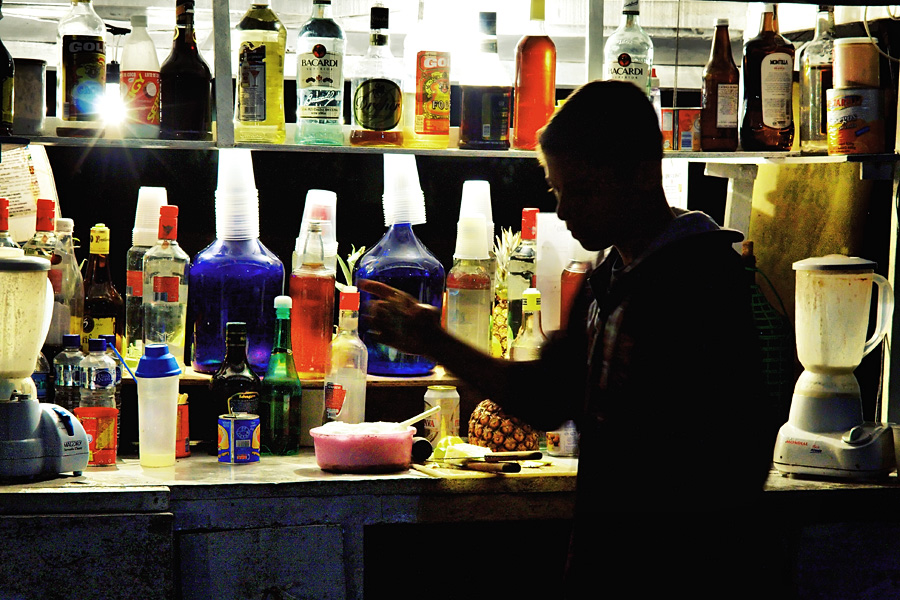People Don’t Seem to Get What ‘Designated Driver’ Means
A new study found that around 40 percent of designated drivers drink, and almost 20 percent do so to the point that their own ability to drive may be impaired

Photo: Chaval Brasil
People’s definition of “designated drivers”—those tasked with driving their drinking friends from bar to bar and getting them home safely—vary. Some think a designated driver shouldn’t drink at all. Others say it’s fine if the driver has a drink or two.
The latter turns out to be the more popular view.
A new study found that around 40 percent of designated drivers drink and almost 20 percent do so to the point that their own ability to drive may be impaired, NBC News reports. The authors surveyed 165 designated drivers who were exiting bars in Florida, asking them what they’d had to drink, if anything, and giving them a Brethalyzer test. Currently, 0.08 is the cut off for legally driving in the U.S.; NBC points out that the National Transportation Safety Board recommended lowering that limit to 0.05 last month. In the study, 18 percent of the drivers had breath alcohol concentrations of 0.05 or more. NBC:
To put it into a global context, the United States’ current legal limit of .08 is on the higher end. Countries across Europe like Germany, France and Italy have a limit of .05; in Sweden, Norway and the Netherlands, among other places, it’s .02; and many countries have zero tolerance laws.
While chances are high that all of the designated drivers from the study managed to get their drunk friends home safely, the U.S. Department of Transportation reports that, in 2010, 5.8 percent of fatal traffic accidents were caused by drivers with breath alcohol concentrations percents of 0.01 to 0.07—still legal, but still potentially dangerous.
More from Smithsonian.com:
A Diet Mixer Could Make You Get Drunk Faster
The Language of Drunkenness
/https://tf-cmsv2-smithsonianmag-media.s3.amazonaws.com/accounts/headshot/Rachel-Nuwer-240.jpg)
/https://tf-cmsv2-smithsonianmag-media.s3.amazonaws.com/accounts/headshot/Rachel-Nuwer-240.jpg)